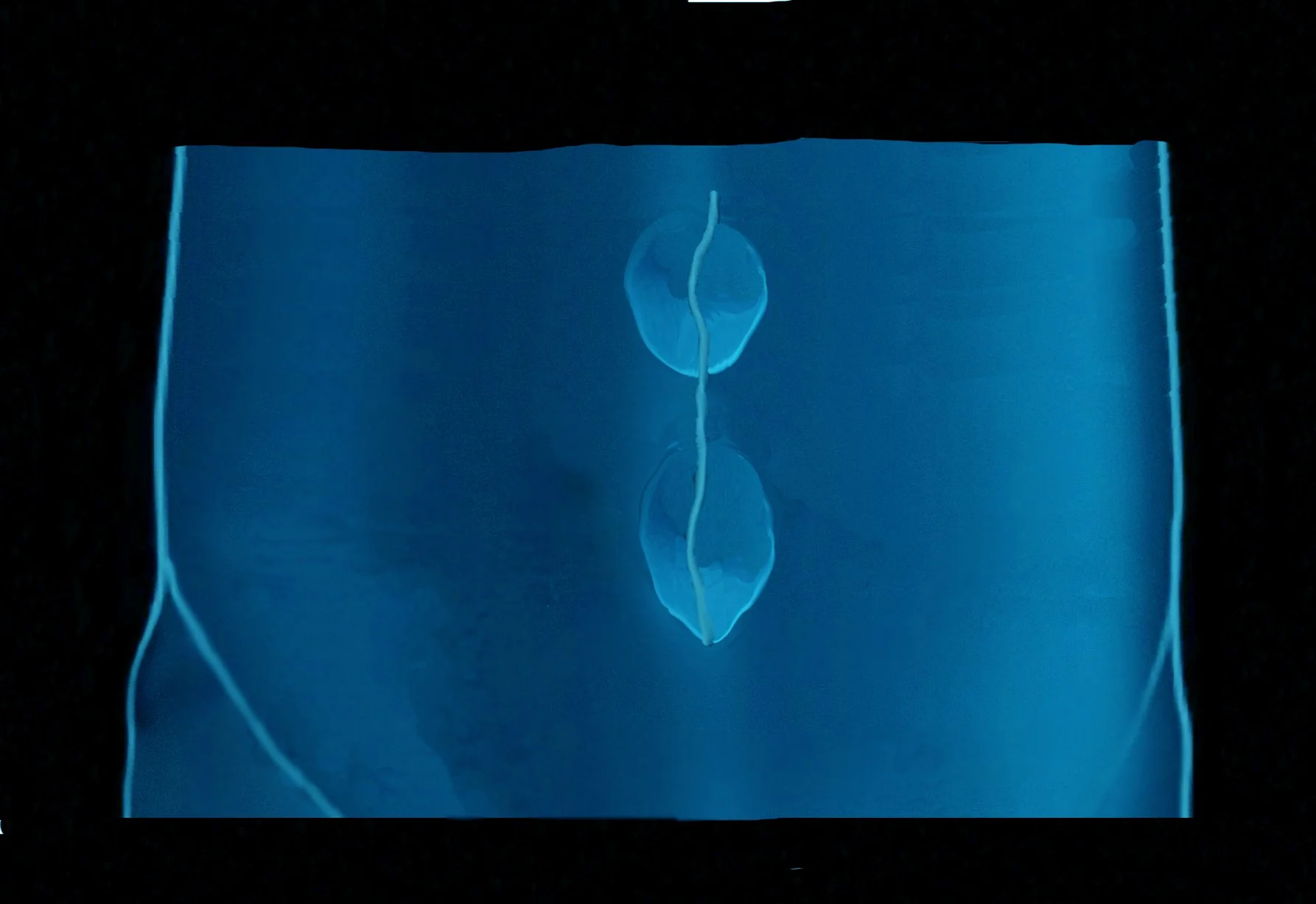A hernia is a condition in which soft tissue, such as fat or intestines, bulges through a hole or weak point in the abdominal wall muscles. Such a condition does not resolve spontaneously and actually tends to get worse over time. Hernia progressively get larger and cause more symptoms. Any hernia is at risk of complications such as bowel getting trapped inside the hernia (incarceration) and potentially getting chocked off (strangulation). The only way to address a hernia is through surgical repair.
Drs. David and Salameh each perform a few hundred hernia repair surgeries every year, from the simplest to the most complex. With modern laparoscopic and robotic techniques and tension-free repairs, patients are able to recover very quickly and return to work and normal activities within a few days.
INGUINAL OR GROIN HERNIA
An inguinal hernia occurs through a weak spot in the groin area on either side. Some people may have hernias in both groins. This hernia leads to a bulge, pain or discomfort in the groin. It may occur in both genders but is more common in men. These hernias progressively get larger and cause more symptoms over time. Like all hernias, surgically repairing these is advised in order to address symptoms and prevent complications.
Surgery is done laparoscopically or robotically and involves placing a mesh behind the muscle to repair the tear or hole. This is done as outpatient and patient are typically back to work and normal activities in a week or less.
UMBILICAL HERNIA
An umbilical hernia occurs through a hole in the muscle at the belly button. Some of these hernias are small, only causing the umbilicus to be an “outie”. Other hernias can get quite large. These hernias tend to gradually get bigger over time and may cause pain or discomfort.
Small umbilical hernia may be repaired through a small cut at the umbilicus and may not require a mesh. Larger hernias are repaired robotically with mesh placement. All these surgeries are done as outpatient and patients are typically back to work and normal activities in a week or less.
VENTRAL HERNIA
Ventral hernias are hernias that occur anywhere along the abdominal wall through a weakness or hole in the muscles. There are numerous spots in the abdominal wall where these hernias may develop, including above the umbilicus (epigastric hernia), in the lower abdomen (Spigelian hernia), in the flank (lumbar hernia), etc.
These hernias usually require surgical repair to deal with the enlarging bulge or the symptoms. Repair is done robotically as outpatient and allows for a fast recovery with return to work and normal activities within a week.
INCISIONAL HERNIA
Incisional hernias occur at the site of a prior abdominal surgical scar. When the muscle closure from the prior surgery does not heal properly, it results in a hole in the muscle that allows soft tissue from inside the abdomen to protrude out. These hernias always get larger over time and should be repaired to address the symptoms and prevent complications such as incarceration or strangulation.
Surgical repair of such hernias is done robotically and involves mesh placement. We utilize the newest and most advanced surgical techniques to allow proper reconstruction of the abdominal wall in order to restore its integrity and its function. In larger hernias, these repairs become more complex, requiring separation of the components of the abdominal wall (such as “transverse abdominis release”) in order to achieve optimal outcomes. Many of these repairs are done as outpatient, but some of the more complex abdominal wall reconstructions require an overnight hospital stay.




